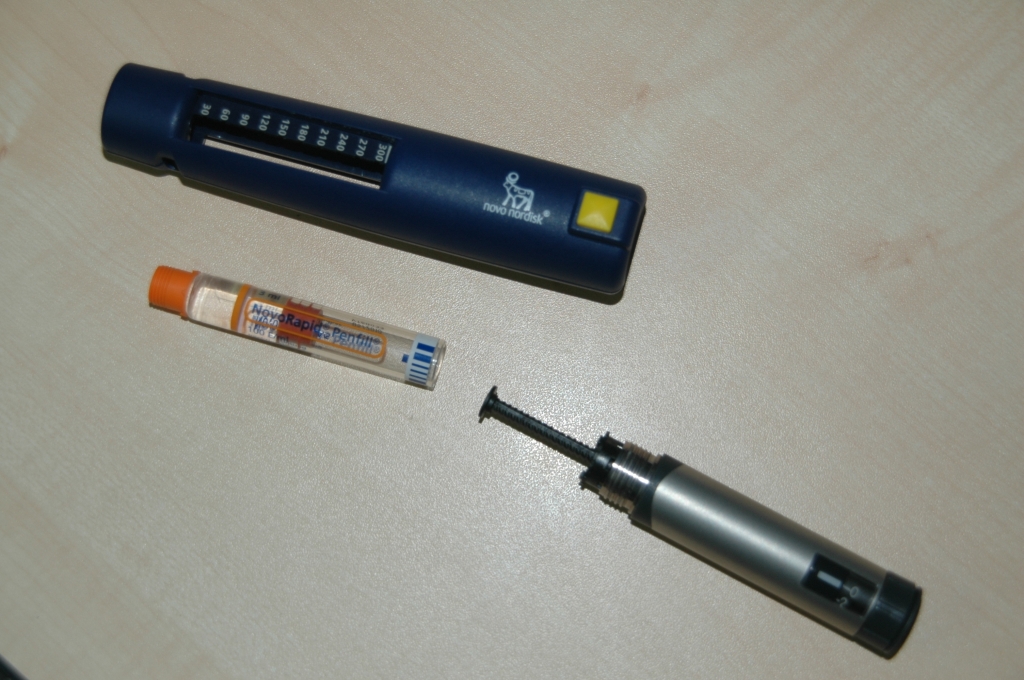-
Tips for becoming a good boxer - November 6, 2020
-
7 expert tips for making your hens night a memorable one - November 6, 2020
-
5 reasons to host your Christmas party on a cruise boat - November 6, 2020
-
What to do when you’re charged with a crime - November 6, 2020
-
Should you get one or multiple dogs? Here’s all you need to know - November 3, 2020
-
A Guide: How to Build Your Very Own Magic Mirror - February 14, 2019
-
Our Top Inspirational Baseball Stars - November 24, 2018
-
Five Tech Tools That Will Help You Turn Your Blog into a Business - November 24, 2018
-
How to Indulge on Vacation without Expanding Your Waist - November 9, 2018
-
5 Strategies for Businesses to Appeal to Today’s Increasingly Mobile-Crazed Customers - November 9, 2018
New insulin ‘smart patch’ could help diabetes patients
Many researchers are looking at ways of replacing the invasive method with something that’s more user friendly, and it looks like researchers from the University of North Carolina have come up with a smart insulin patch to replace the needle and syringe. They also behave like alarm call centers, sensing increases in blood sugar levels and signaling the release of insulin into the bloodstream.
Advertisement
The patch itself is about the size of a penny and contains more than 100 little needles, each about as big as an eyelash, according to the study in the Proceedings of the National Academy of Sciences. The microneedles painlessly pierce the skin when the patch is first applied but do not release insulin until there are high levels of glucose in the bloodstream.
Sufferers of diabetes can be forced to endure painful, invasive treatments such as injections to keep their blood glucose levels in check.
“We have designed a patch for diabetes that works fast, is easy to use, and is made from nontoxic, biocompatible materials”, said co-senior author Zhen Gu, PhD, a professor in the Joint UNC/NC State Department of Biomedical Engineering. In the past, researchers have tried to create “closed-loop systems” composed of mechanical sensors and pumps that track blood sugar and automatically administer insulin, however, these awkward, overly bulky systems have satisfied no one, neither scientist nor patient. “While we need to do some follow-up work, based on this finding, patients with type 2 [diabetes] might be able to make a simple change to lower their blood sugar throughout the day, decrease how much insulin they need to take, and potentially have a long-lasting, positive impact on their health”. Once the oxygen was depleted the hydrophobic NI molecules turned hydrophilic, causing the vesicle to fall apart and release insulin into the blood stream. “The whole system can be personalized to account for a diabetic’s weight and sensitivity to insulin… so we could make the smart patch even smarter”, Gu added.
When they tested the intelligent insulin nanoparticles in the lab, the team found they responded to raised blood sugar.
The first material was hyaluronic acid or HA, a natural substance that is an ingredient of many cosmetics. This fact was acknowledged by The Daily Telegraph, though its headline “End in sight for diabetes injections as scientists develop smart patch” is premature, considering the early stage of the research. The procedure is painful and imprecise – injecting the wrong amount of insulin can lead to serious complications, and in some cases, coma and death. “The vesicles quickly dissociate and release encapsulated insulin under the local hypoxic environment, caused by the enzymatic oxidation of glucose in the hyperglycemic state”. The needles were stacked together on a thin silicon strip. “Unfortunately, we’ve found that it’s hard to get people to change their eating habits”. They say that if this technology is developed for human use, its fast responsiveness could help to avoid blood glucose levels getting too high (hyperglycaemia) or too low (hypoglycaemia).
The researchers tested the ability of this approach to control blood sugar levels in a mouse model of type 1 diabetes.
Advertisement
How far along is the smart insulin patch development? That offers hope that the patch might one day be tailored to each patient.





























